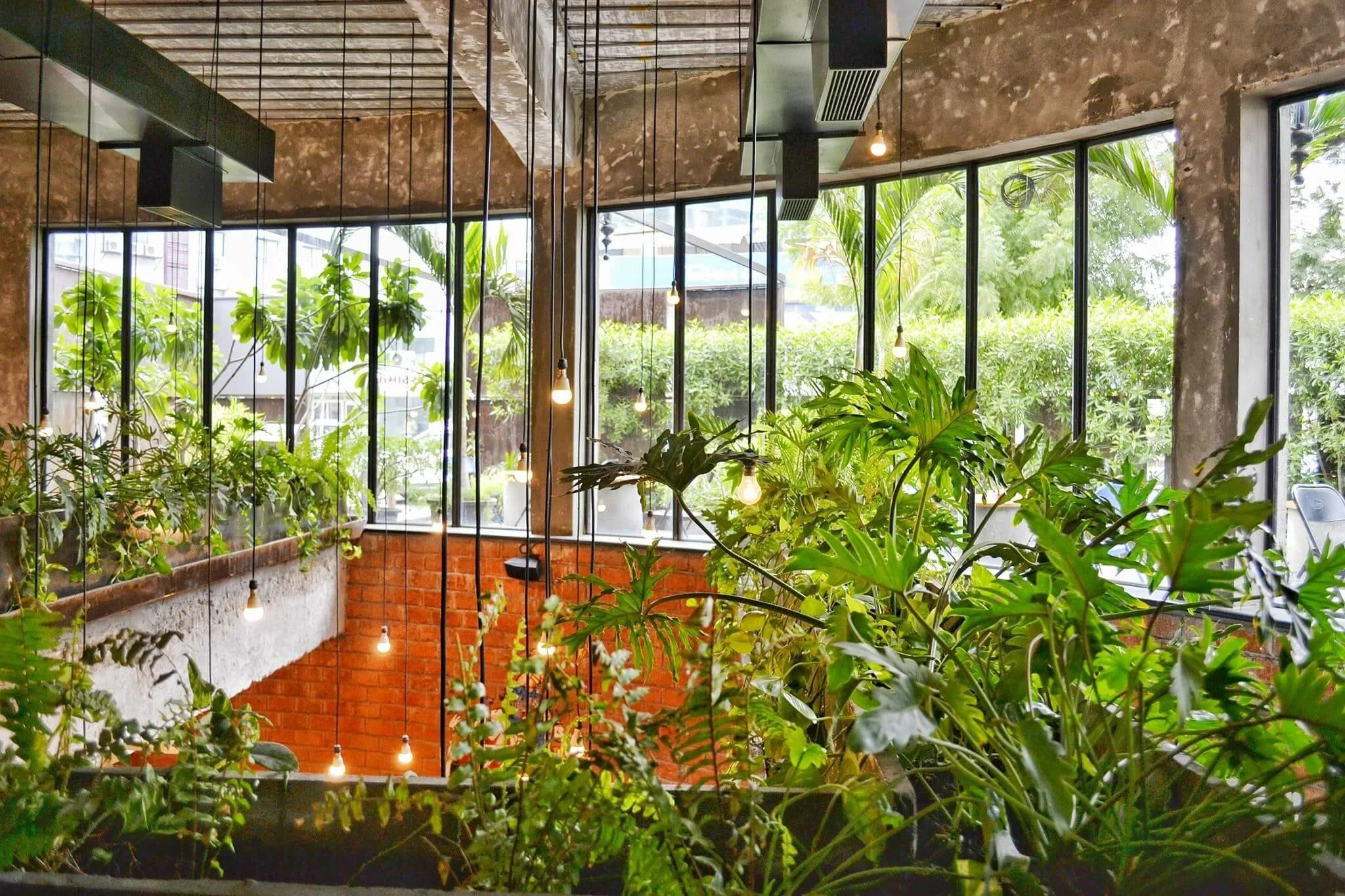How Concrete Contributes to Sustainable Building
Eco-friendly building projects are becoming more popular. They are critical for future generations as we deplete our natural resources. Concrete has become an excellent option for many builders. It has many essential qualities, such as durability, low maintenance, and versatility.
It's also used in many applications, including foundations, parking areas, and flooring. However, it's also a sustainable choice. Here are some of the reasons why.
Increases Energy-Efficiency of Home
Concrete buildings have high insulation making homes more energy-efficient. With its thermal mass properties, concrete can absorb heat in the summer and release it in the winter. So, homeowners use their HVAC systems less, saving energy and lowering utility bills.
Using concrete also prevents contractors from buying excess supplies. The material doesn't rust, burn or rot, so the building lasts longer. This leads to more time between repairs and upgrades, saving valuable resources.
2. The Production Uses Resources Efficiently
Concrete is usually made of water, cement, and mineral aggregates, such as sand or gravel. Some also use manufacturing waste products, such as fly ash or steel plants. This helps to keep them out of landfills, decreasing methane gas production.
Also, these ingredients require little processing, lowering carbon dioxide emissions. Precast iron is manufactured off-site in climate-controlled factoring. This allows for a more efficient and energy-saving process. Plus, many materials are gathered locally, minimizing transportation usage.
3. It Minimizes the Urban Island Heat Effect
Concrete is often used in pavements and can reduce the heat island effect. This effect is when cities experience warmer temperatures than surrounding areas. Then there's a higher energy demand for cooling systems and increased air pollution.
Yet, concrete's reflective properties can help combat this issue. The light color of concrete reflects more sunlight, reducing the air temperature. Also, concrete pavements contain holes allowing water to drain through, cooling the surface.
This all helps to reduce air conditioning demands during the summer months. In fact, the average air conditioner will use about 3,000 to 5,000 watts of power for about nine hours. So, concrete lowers excess energy and electricity usage. Green roofs are also a great way to regulate inside temperatures.
4. Prevents Storm Water Runoff
Water can overfill drainage systems during heavy rainstorms, causing flooding and polluting waterways. The sediment builds up in lakes and clouds the water, blocking sunlight marine life needs to grow.
New construction can also decrease an area's ability to absorb runoff. The paved surfaces prevent water from naturally filtering through the soil. So, porous concrete is essential for driveways and parking lots. It's a hole-filled material that drains excess water, reducing runoff accumulation. It can also help to replenish groundwater and prevent water scarcity.
5. The Materials Are Recyclable
Concrete can be recycled, increasing the product's life span. It's crushed and turned into aggregate used in pavements or roads. This then prevents excess mining and keeps supplies out of landfills.
So, using concrete can ultimately produce less waste. This is essential since about 30% of all building materials can end up as waste. Much of this can come from wood, drywall, asphalt shingles, and bricks.
6. Its Strength Makes It Resilient to Natural Disasters
Concrete can stand up to natural disasters, such as hurricanes. It gets its strength through a chemical reaction called hydration, which hardens the cement paste.
Also, with fewer repairs, fewer replacement parts are manufactured, lowering carbon emissions. In addition, concrete is non-combustible and has a slower heat transfer rate, so it is more resistant to fires.
How to Make Concrete Even Greener
Concrete is already eco-friendly, but there are ways to reduce carbon emissions further. One way is replacing the cement, which contributes to about 8% of the world's carbon dioxide emissions. So, replacing them with waste products like fly ash and slag can reduce this problem.
Also, making cement production less carbon-intensive is another strategy. For example, portland-limestone cement can cut back on emissions. Another good idea is using plastic instead of steel to reinforce the concrete.
Concrete and the Environment
Concrete is a common building material for many projects for its strength. It has many eco-friendly properties, such as its resource efficiency and recyclability. So, consider using concrete for your next building project.
Author bio: Jane is an environmental writer who covers topics in sustainable construction and green building materials and is the editor-in-chief of Environment.co.







